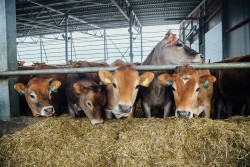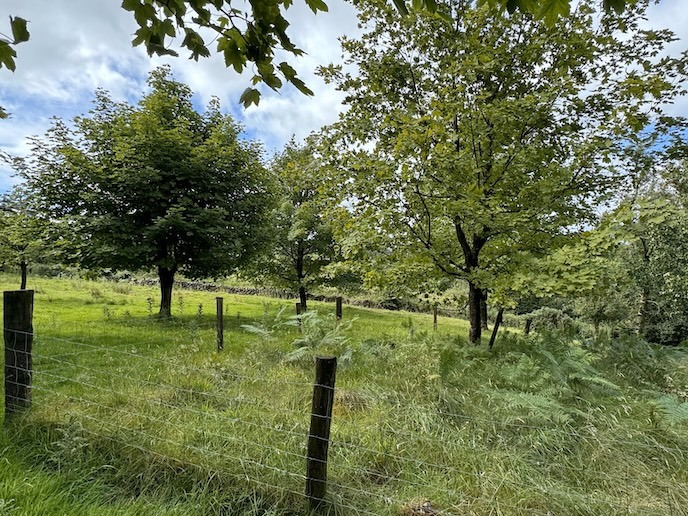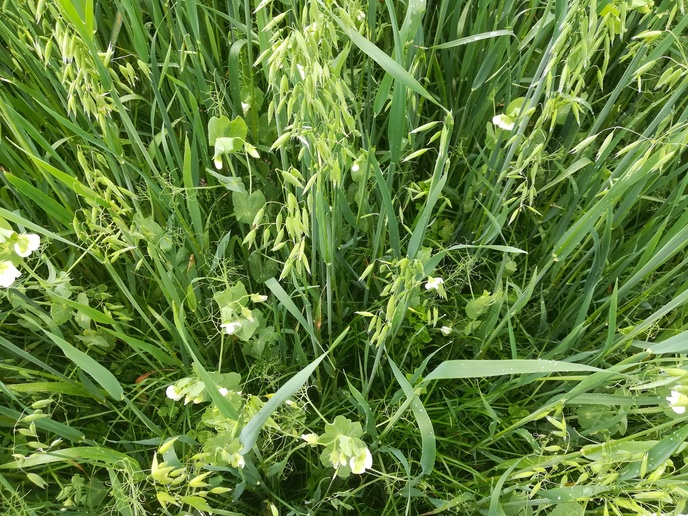Spy in the cow shed aids farmers
Farmers struggle to cope with the increased size of their herds and flocks and have less time to keep an eye on the health and welfare of individual animals. The result is rising concern among consumers who demand safe but affordable milk, meat and eggs produced under clean, sustainable and animal friendly conditions. Precision Livestock Farming (PLF) offers a solution to overworked farmers by employing sensors, cameras and microphones using sophisticated algorithms to continuously monitor every single animal. The EU-funded EU-PLF(opens in new window) (Bright farm by precision livestock farming) project was established to realise the full potential of PLF tools by developing them into commercial products and services for use on dairy, fattening pigs and poultry farms. Blueprint for success ‘The main objective was to install PLF technology in commercial farms across Europe and analyse how it is used by farmers and creates value for them’ explains project coordinator Dr Daniel Berckmans. To achieve their objectives, project partners created a draft blueprint for farmers, high-tech small and medium sized enterprises (SMEs), and other key actors who wished to design and develop PLF tools. The blueprint was a valuable resource for advising farmers how to choose and install suitable PLF technology and identify which problems needed to be addressed. An online PLF e-Course for students, scientists and researchers was also produced, providing an important platform for the further development of knowledge and sharing experiences related to the technology. Listening in on livestock The consortium developed better algorithms for the camera and microphone systems to give a more detailed understanding of factors affecting livestock behaviour and health. ‘It was shown that the camera system can now predict more than 90 % of all problems, such as blocked feeder and drinking lines, and light and climate issues by continuous image analysis of broiler behaviour,’ says Dr Berckmans. Furthermore, project partners found that continuous analyses of the sound produced by fattening pigs can detect an infected animal 2 to 10 days before the farmer or the veterinarian notice it. Hence, PLF technology could reduce the use of antibiotics and enable farmers to respond more quickly in cases of infection, thereby decreasing production losses and thus saving money. ‘Before the project many doubted this approach would work, believing it was unrealistic, but people’s attitude towards PLF has now completely changed, claims Dr Berckmans. We have shown that automated monitoring every second day and night is far more effective than human observers checking a livestock shed once a year.’ Farm data - a valuable resource Researchers used new modelling tools and identified areas where different PLF applications could be of social and economic value on the farm and in supply chains. This valuable data, taken from farm measurements, can help unlock economic potential by improving the effectiveness of the food supply chain (feed-animal-food) and providing social and economic incentives for the adoption of PLF. According to Dr Berckmans: ‘Many different stakeholders have yet to discover what type of information they can select from all this data and more algorithms will be developed.’ However, there has been a growth in interest shown by a range of sectors, including the pharmaceutical and animal feed industries, technology companies, veterinarians, slaughter houses and meat retailers. During the project four new high-tech PLF companies were started. EU-PLF will reduce stress in farmers by enabling them to act more effectively and achieve a better work/life balance, while gaining greater recognition for their efforts. Benefits include healthier, happier animals and an improved economic performance for farms.







